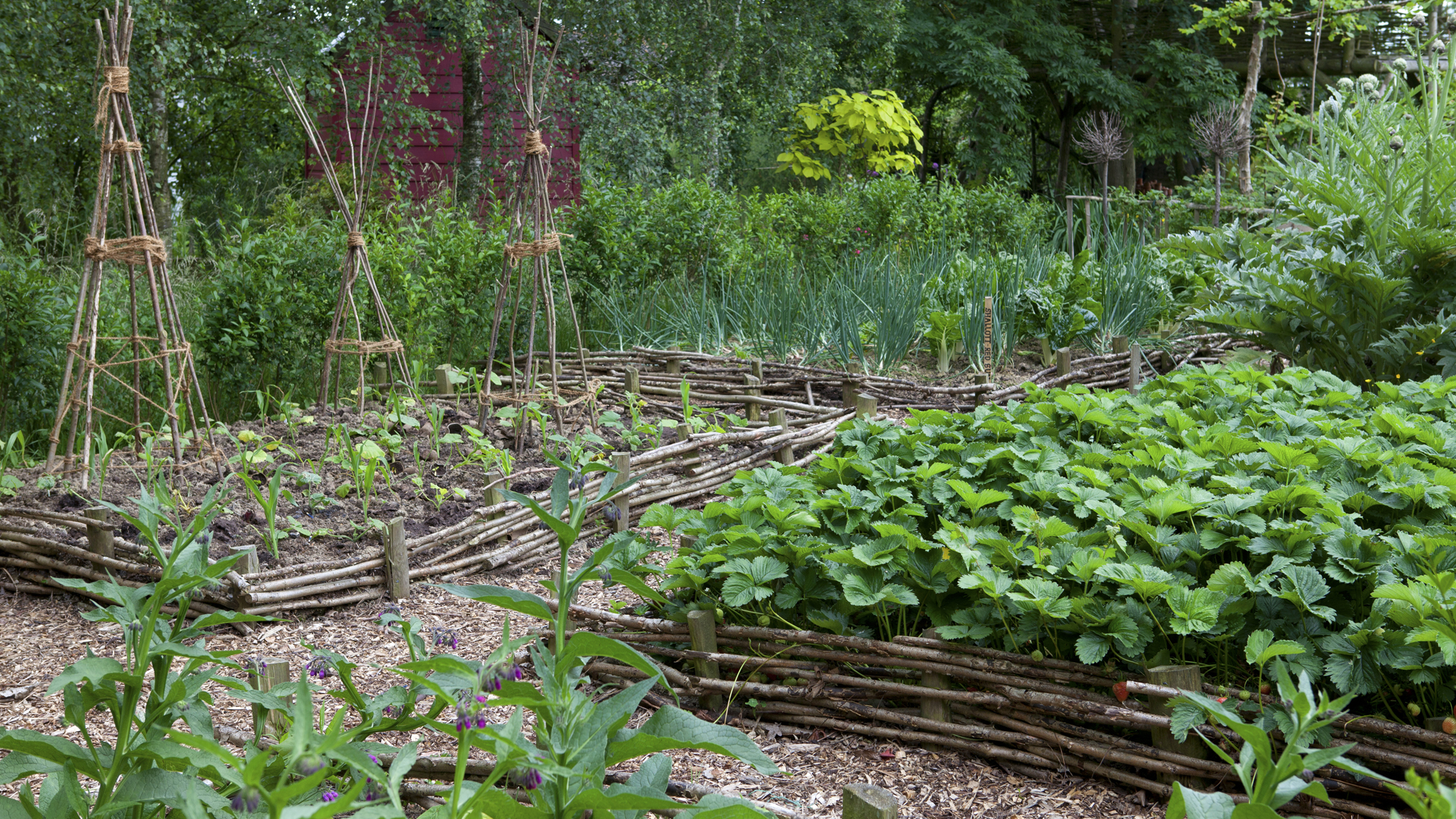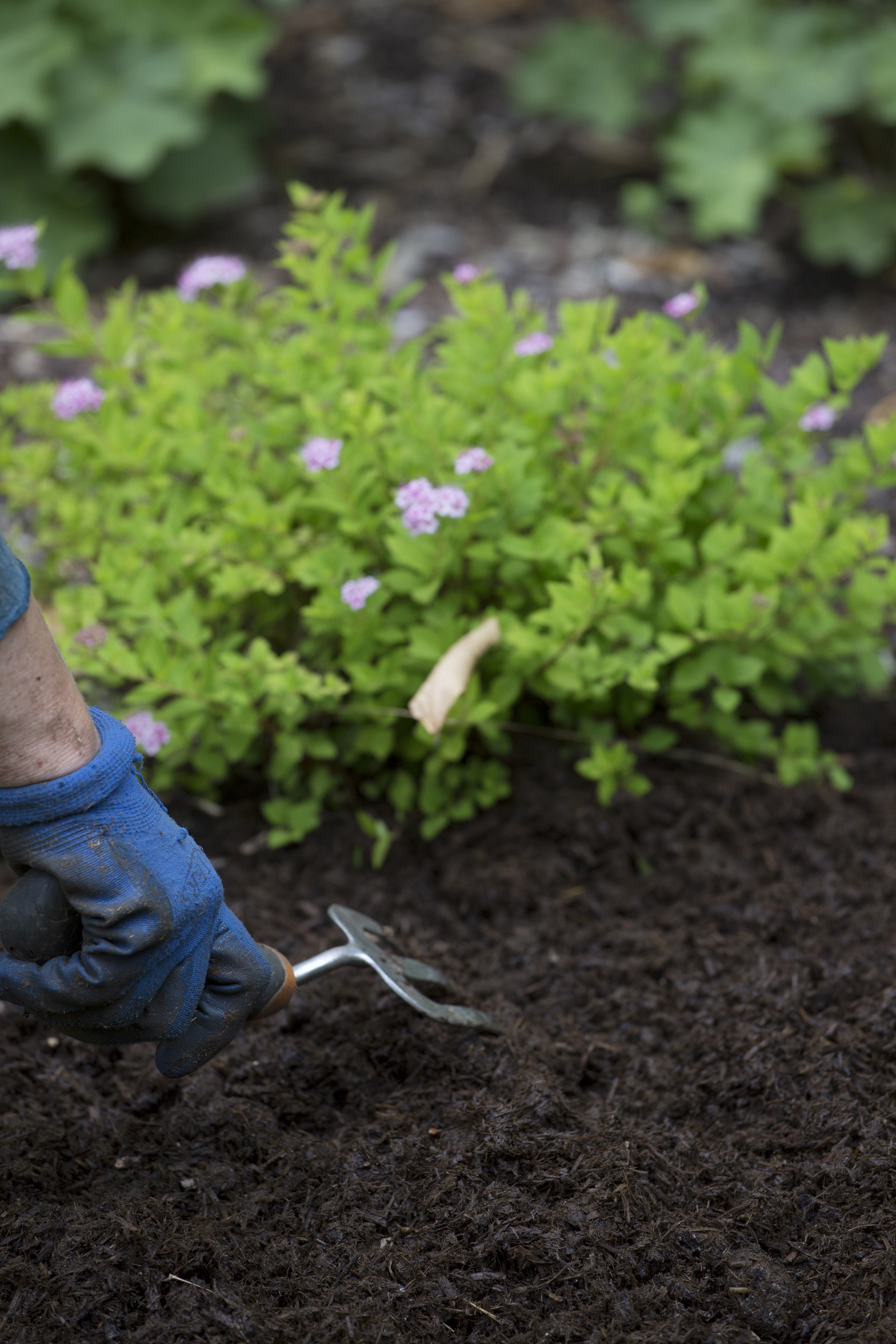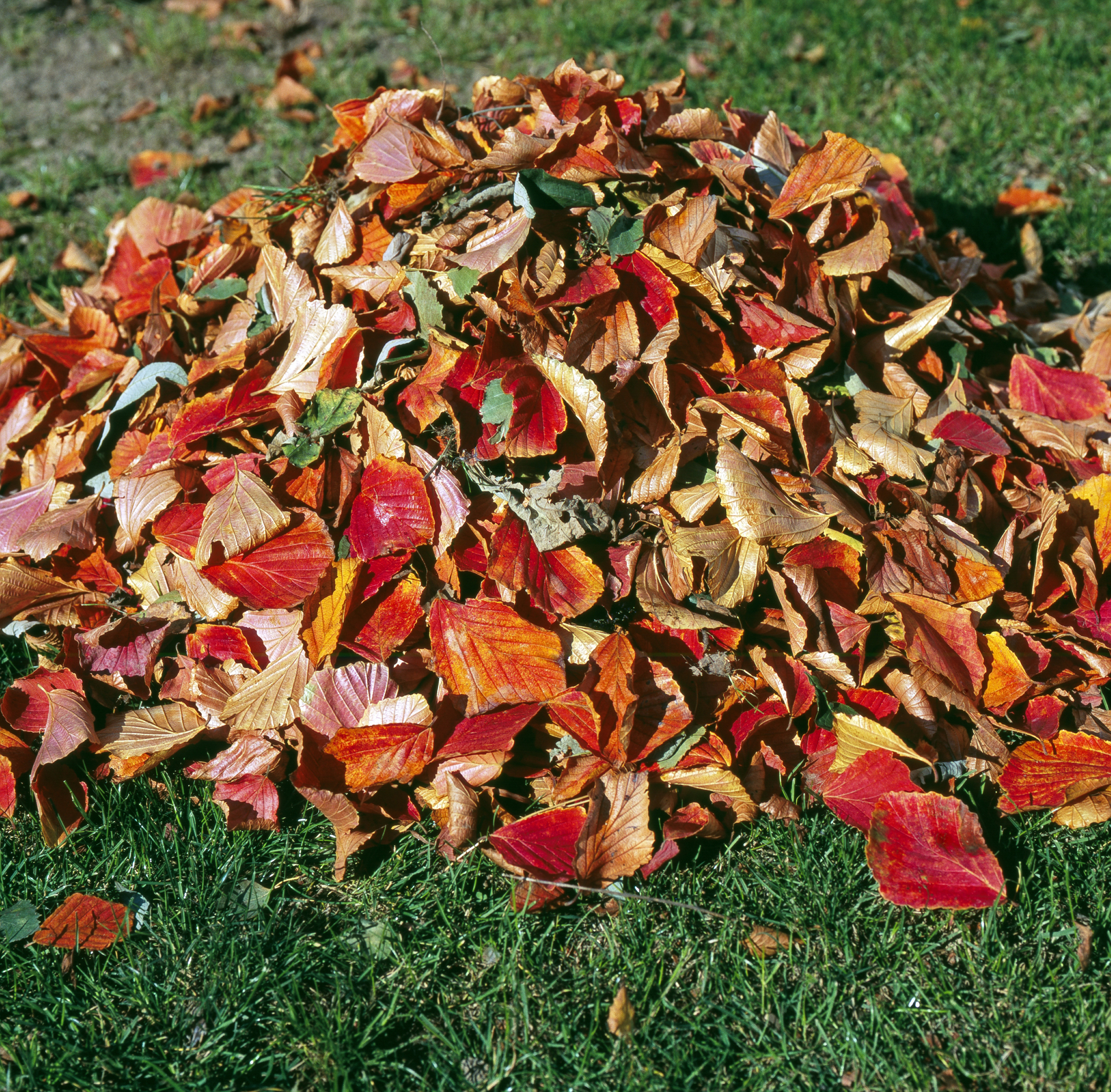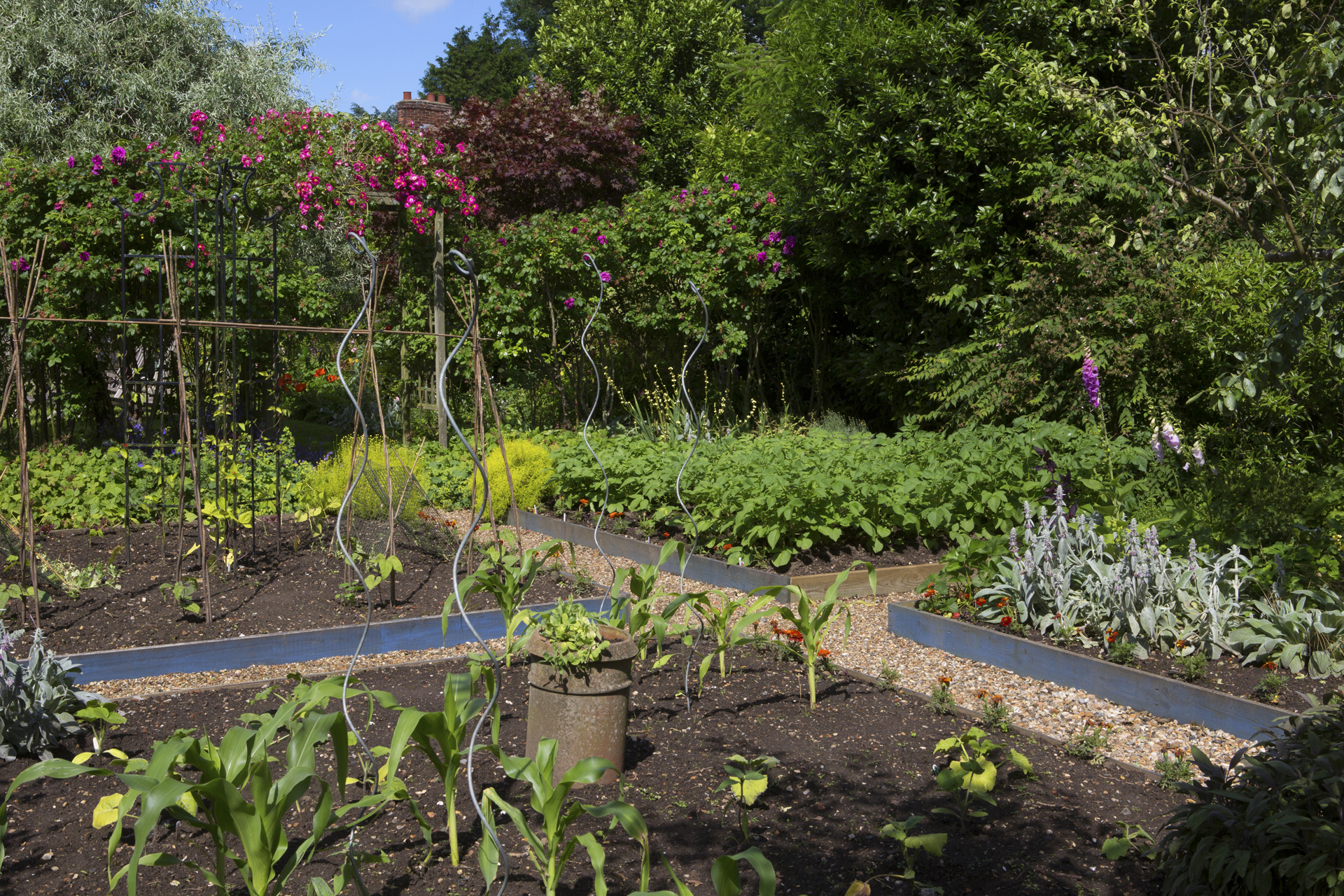Monty Don says mulching is the most important gardening job you can do right now – and these are his expert tips
One of the most important spring gardening jobs is to mulch beds and borders, advises the celebrity gardening guru – so if you haven't yet, get mulching


There is one job that Monty Don does every spring without fail – mulching.
'Mulching is one of my favorite words – one of those lovely soft, squishy words,' the gardening guru gushes on a spring episode of Gardeners' World.
If you haven't mulched yet this year, or haven't mulched before, do it now before growth kicks in too hard, he advises.
See: Monty Don's brilliant tips for making raised beds in the garden
What is mulching?

Mulching is when you spread a loose layer of material over the ground in flower borders and vegetable beds. ‘It can be a layer of anything, but organic mulch material is ideal,’ says Monty Don.
He goes on to set out the three benefits of using garden mulch:
- Mulching suppresses all but the most persistent and robust of weeds by blocking out the light;
- It keeps in moisture by reducing evaporation;
- If you use organic mulch material – one that will break down – mulching will improve the soil structure and – depending on what you use – soil fertility.
Mulch is not dug in or worked into the soil but – in the case or organic mulch – will be worked into the soil by earthworms and other burrowing creatures, adding much needed organic material as effectively as digging it in.
Design expertise in your inbox – from inspiring decorating ideas and beautiful celebrity homes to practical gardening advice and shopping round-ups.
See: Eco-friendly garden ideas - expert tips on creating an eco-friendly back yard
What is the best mulch to use?

The best mulch can be a layer of anything you can get your hands on. 'Something is better than nothing; it can even be a layer of stone or slate,' says Monty. But organic mulch has the most benefits.
He uses mostly mushroom compost as a garden mulch at his Longmeadow garden in Herefordshire. Mushroom compost is a mix of cattle manure or straw and lime that is used by mushroom growers. This works well at breaking down the heavy clay soil in his garden.
The celebrity gardener adds a note of caution, however: if you are trying to grow acid-loving plants that like ericaceous soil – such as hydrangeas, rhododendrons, blueberries or raspberries – it is not a good choice as these will react to the lime in the compost.
Bark mulch is an excellent weed suppressor, helps to retain the moisture in the soil and acts as a blanket to insulate the soil below. It is, however, 'slow to break down into the soil,' Monty warns.
Homemade compost is another good garden mulch material which both recycles garden waste and is free.
See: Monty Don's compost tips – expert tips on creating the best mix
Leafmold – which is made from decaying leaves – is ideal as a mulch and soil conditioner. You can make your own leafmold pile in autumn by gathering up leaves that have dropped from deciduous trees.
How think should mulch be to prevent weeds?

To be effective, garden mulch 'should be spread thickly enough, 2 inches (5cm) as a minimum, otherwise it won't suppress weeds by keeping out the light or keep the moisture in. It is a waste of time if thinner,' advises Monty.
When mulching around woody plants, leave a bit of space around the stems otherwise these might rot if they get too wet.
Mulch should not cover the crowns of dormant herbaceous plants unless these are subterranean varieties, such as hosta or dicentra.
Do not add too thick a layer of garden mulch as this could actually prove detrimental to the plants you want to preserve. Ideally the layer of mulch should be no more than 3 inches (7.5cm)
What should I put down before mulching?
There is a trick for making your organic mulch material more effective, says Mick Lavelle, author of Sustainable Gardening. This is to put a layer of newspaper underneath before spreading the garden mulch.
'Use plain newspaper, avoiding glossy print, and lay it two to three sheets deep for optimal effect,' says Mick. Dampen it thoroughly once laid, before spreading a good 2 inch layer of organic mulch on top.
'The paper helps to suppress early weed growth, before eventually breaking down and becoming incorporated into the soil's organic matter.'
Who could wish for better news than that?
Rachel is senior content editor, and writes gardening content for homesandgardens.com, Homes & Gardens magazine, and its sister titles Period Living Magazine and Country Homes & Interiors. She has written for lifestyle magazines for many years, with a particular focus on gardening, historic houses and arts and crafts, but started out her journalism career in BBC radio, where she enjoyed reporting on and writing programme scripts for all manner of stories. Rachel then moved into regional lifestyle magazines, where the topics she wrote about, and people she interviewed, were as varied and eclectic as they were on radio. Always harboring a passion for homes and gardens, she jumped at the opportunity to work on The English Home and The English Garden magazines for a number of years, before joining the Period Living team.
